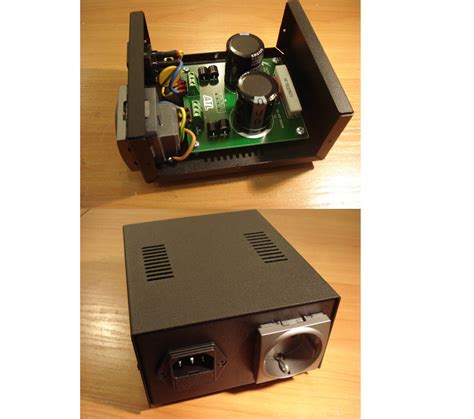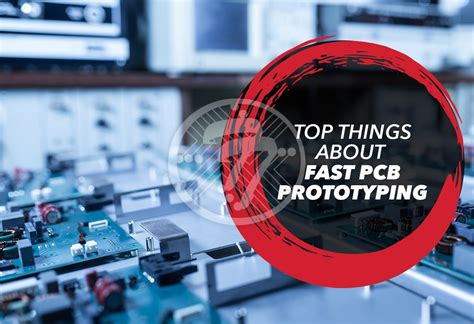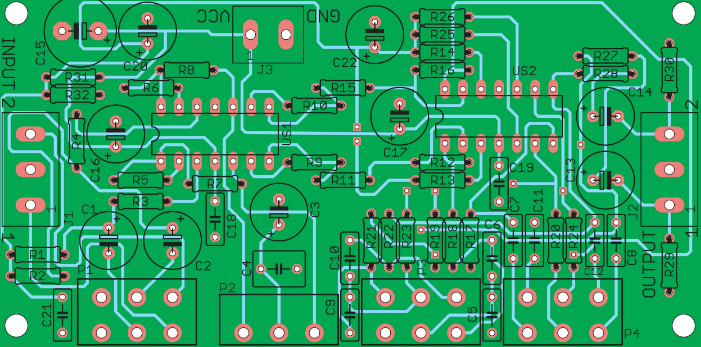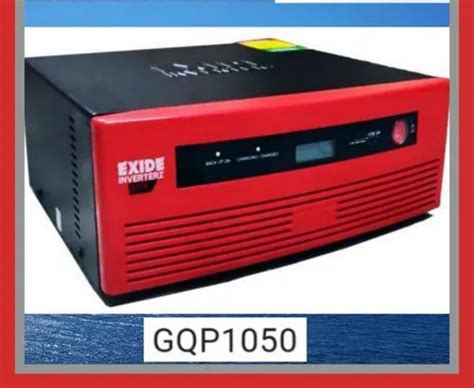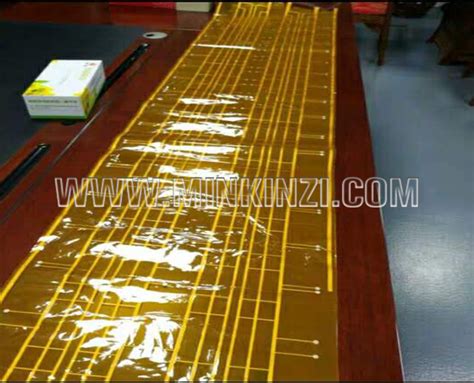Innovations in Flexible Printed Circuit Assembly Solutions
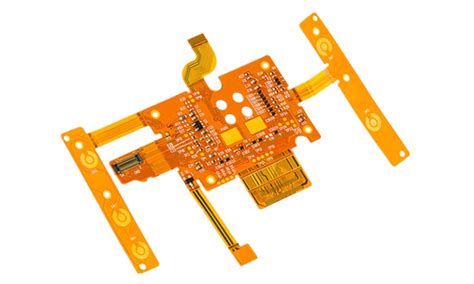
Key Takeaways
The world of flexible printed circuit assembly (often abbreviated as PCB assembly or PCBA) has witnessed significant advancements that shape its future landscape. One of the main takeaways is the focus on efficiency and cost-effectiveness in production processes. Technologies such as automated assembly techniques and advanced imaging systems are instrumental in reducing errors and speeding up output, ensuring that production meets the increasing demand for miniaturized electronics.
Additionally, manufacturers are adopting innovative materials that enhance circuit performance while decreasing manufacturing costs. These materials often boast superior thermal stability and flexibility, making them ideal for various applications, including wearables, automotive components, and consumer electronics.
A critical aspect of current approaches is the emphasis on eco-friendly practices within the PCBA process. Companies are recognizing the importance of sustainable manufacturing methods that not only help reduce waste but also improve overall product quality.
"Incorporating sustainable practices into flexible printed circuit assembly leads not only to a better environment but also enhances brand value."
Furthermore, industry professionals recommend continuous training for team members on latest tools and techniques to ensure optimal efficiency in circuit assembly lines.
| Aspect | Impact |
|---|---|
| Technology Advancements | Increased efficiency in production |
| Use of Advanced Materials | Improved performance and flexibility |
| Sustainable Practices | Eco-friendly manufacturing |
With these insights, it is clear that staying ahead in PCB assembly requires adaptability to emerging trends and a commitment to innovation across all levels of production.

Introduction to Flexible Printed Circuit Assembly: A Brief Overview
Flexible printed circuit assembly (FPCA) has revolutionized the electronics industry by enabling manufacturers to create more compact and efficient designs. Unlike traditional rigid circuit boards, the versatility of pcb assembly allows for a significant reduction in weight and size while maintaining high performance in electronic applications. The adoption of pcba technology caters to a variety of industries, ranging from consumer electronics to medical devices. This adaptability is essential in a world that increasingly demands lightweight and portable electronic solutions.
The key advantage lies in the use of flexible substrates, which lend themselves well to intricate designs and evolved layouts, accommodating numerous components within limited spaces. As technology advances, flexible printed circuit technologies continue to introduce innovative solutions that address the challenges of thermal management and signal integrity. Such advancements enhance not only the overall efficiency but also facilitate cost-effective manufacturing processes for complex assemblies. This evolution holds promise for improving product performance across diverse applications while driving new possibilities for growth in modern electronics.
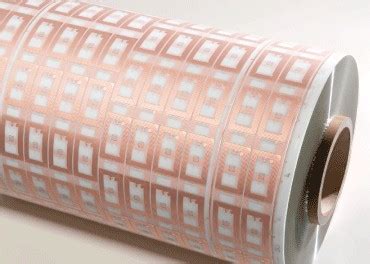
Key Advancements in Flexible Printed Circuit Technologies
Recent years have witnessed significant advancements in flexible printed circuit assembly (FPCAs), driven by the evolving demands of the electronics industry. One of the primary breakthroughs involves the adoption of advanced materials that offer better electrical conductivity and thermal management, essential for enhancing the performance of pcb assembly processes. Innovations in printing technologies, such as inkjet and screen printing, have further enabled more precise patterns and designs, allowing for intricate layouts that were once considered unfeasible. Additionally, automated manufacturing techniques have transformed pcba by reducing assembly time and minimizing human error, leading to more consistent quality in production. Another notable trend is the integration of smart technologies within flexible circuits, which facilitates real-time monitoring and diagnostics during assembly. These advancements not only bolster efficiency but also contribute to substantial cost savings across various applications, making flexible printed circuits a cornerstone of modern electronic devices. As industries increasingly prioritize miniaturization and flexibility without compromising performance, these developments continue to reshape the landscape of circuit assembly solutions.
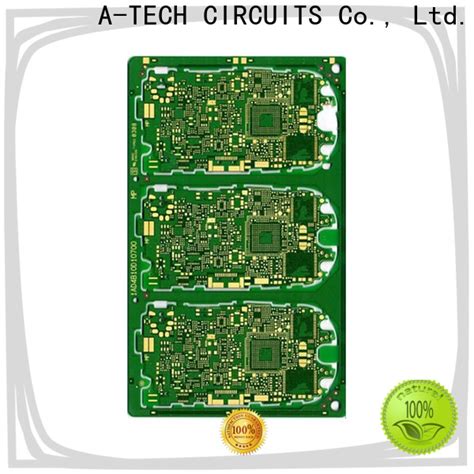
Techniques for Enhancing Efficiency in Circuit Assembly
Enhancing efficiency in PCB assembly is crucial for manufacturers aiming to optimize production while minimizing waste and costs. One of the primary approaches involves the integration of automated processes. Advanced robotics and precision equipment can significantly reduce human error and increase production speed. Additionally, employing flexible printed circuit assembly (FPCA) allows for more efficient design layouts that maximize space and functionality, making the PCBA process smoother. Another technique that has gained traction is the utilization of design for manufacturability (DFM) principles, which involve designing circuits that are easier to assemble and less prone to defects. By implementing these DFM strategies, companies can see a marked improvement in their overall throughput. Furthermore, leveraging real-time data analytics can help identify bottlenecks in the circuit assembly process, allowing for timely adjustments to enhance productivity. Finally, continuous training and upskilling of personnel involved in PCB assembly operations ensure that workers are well-versed in the latest technologies and methodologies, solidifying a culture of efficiency within the organization.
Cost-Reduction Strategies in Flexible Printed Circuit Manufacturing
In the realm of flexible printed circuit assembly (FPCBA), embracing innovative cost-reduction strategies is essential for enhancing competitiveness and maximizing profitability. One prominent approach involves optimizing the pcb assembly process by utilizing advanced automation technologies. Implementing automated soldering techniques not only accelerates production times but also reduces labor costs and minimizes human error, thereby improving overall efficiency. Moreover, adopting methods such as panelization can significantly increase yield rates; this technique allows multiple circuit boards to be processed simultaneously, reducing material waste and lowering the total cost per unit.
Additionally, investing in high-quality materials for pcba can minimize long-term expenses by reducing the frequency of defects and ensuring reliability in performance. Leveraging flexible manufacturing systems also aids in reducing setup times and enables manufacturers to swiftly adapt to varying production demands without incurring substantial costs. By integrating these strategic advancements into the flexible printed circuit manufacturing process, companies can achieve not only a reduction in costs but also an enhancement in product quality, paving the way for increased market share and sustained growth in an ever-evolving electronics landscape.
Improving Product Performance through Innovative Solutions
The complexities of modern electronics demand continual enhancements in pcb assembly methods, particularly in the realm of flexible printed circuit assembly. Innovations in pcba technology have led to significant improvements in product performance across various sectors. Advanced materials, such as high-frequency substrates and flexible laminates, contribute to enhanced electrical performance while reducing weight and size. Additionally, cutting-edge manufacturing techniques—including automated assembly processes and precision bonding—maximize efficiency and minimize defects. These advancements not only allow for more compact designs but also improve thermal management and signal integrity, which are crucial for high-performance applications. The integration of smart manufacturing practices further enables real-time monitoring and adjustments during the pcb assembly process, leading to higher yields and shorter production cycles. By leveraging these innovative solutions, manufacturers can effectively address the demands of today’s technology-driven market while achieving superior reliability and functionality in their products.
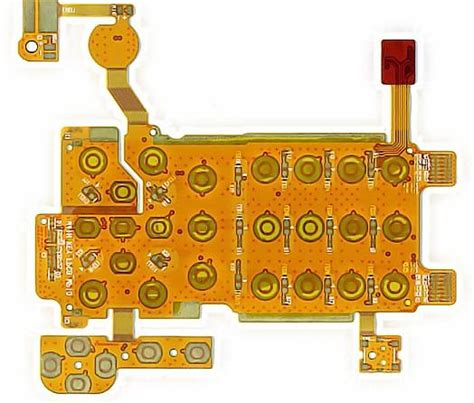
Applications of Flexible Printed Circuits in Modern Electronics
Flexible printed circuits, often abbreviated as FPC, have become integral to the evolution of contemporary electronics, enabling a diverse range of applications that were not possible with traditional rigid circuits. The ability to bend, twist, and fold pcb assemblies allows engineers to design compact devices that fit seamlessly into confined spaces. For instance, in the world of consumer electronics, pcba technology is widely utilized in smartphones, wearables, and other portable gadgets. The lightweight nature of flexible printed circuits significantly contributes to reduced device weight and thickness—enhancing user experience and portability. Additionally, applications in aerospace and automotive sectors leverage the resilience and durability of these circuits under extreme conditions, thereby improving overall reliability. Furthermore, medical devices have greatly benefited from FPC as they facilitate the development of intricate designs that can adapt to various shapes within a patient’s body. With advancements in manufacturing techniques and materials used in circuit assembly, there is a continuous push toward achieving higher performance metrics while simultaneously driving down costs. Thus, flexible printed circuit assemblies are not only revolutionizing modern electronics but also ensuring that innovations pave the way for more efficient and versatile devices across multiple industries.
Future Trends in Flexible Printed Circuit Assembly Solutions
As the demand for flexible printed circuit assembly (FPCBA) solutions continues to grow, several key trends are emerging that promise to shape the future of this technology. One significant trend is the ongoing integration of advanced automation in the pcb assembly process. Automation not only enhances efficiency but also reduces errors, leading to improved overall quality in circuit boards. Additionally, the rise of 5G technology and the Internet of Things (IoT) is driving innovations in the design and functionality of flexible circuits, as devices become smaller and more interconnected. Another noteworthy trend is a focus on sustainable manufacturing practices, as companies strive to minimize waste and energy usage while producing pcba products. This commitment not only aligns with global sustainability goals but also resonates with increasingly eco-conscious consumers. Furthermore, advancements in material science are paving the way for new, high-performance substrates that can withstand extreme environments, further broadening potential applications. As these trends continue to evolve, they signal a promising future for flexible printed circuit assembly, heralding a new era of innovation that will undoubtedly enhance efficiency, reduce costs, and improve product performance across various sectors.
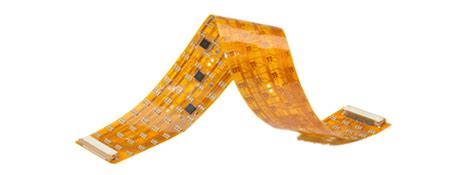
Case Studies: Successful Implementations of Advanced Techniques
In examining the realm of flexible printed circuit assembly (FPCA), numerous case studies illuminate the innovative techniques that have been effectively implemented across various industries. One notable example can be found in the automotive sector, where a leading manufacturer adopted advanced pcb assembly processes to streamline production lines. By integrating automated soldering techniques and advanced testing protocols, they achieved significant reductions in assembly times and production errors, thereby enhancing overall operational efficiency. Another case involves a medical device company that leveraged rigid-flex technology in their pcba to enhance durability while minimizing footprint. This innovation not only improved product performance but also complied with stringent regulatory standards, showcasing how tailored solutions can meet industry-specific challenges. Moreover, electronics companies have reported successful implementations of innovative materials within their pcba processes which resulted in lower costs and improved thermal management. These examples underscore how advanced strategies in flexible printed circuit assembly can drive success across diverse applications, setting a precedent for future endeavors within this dynamic field.
Conclusion
In summary, the evolution of flexible printed circuit assembly (PCB assembly) solutions marks a significant leap forward in the electronics industry. With the incorporation of advanced technologies and innovative techniques, manufacturers can now achieve remarkable efficiency and cost-effectiveness in their PCBA processes. These advancements have not only optimized production lines but also enhanced the performance of electronic products across various applications. As we look ahead, it is evident that ongoing research and development will continue to play a crucial role in shaping the future of flexible printed circuits, opening up new possibilities for miniature designs and complex functionalities. The increasing demand for lighter, more efficient electronic devices necessitates a stronger focus on PCB assembly innovations that can meet these challenges head-on while ensuring reliability and scalability in production. The convergence of these elements positions flexible printed circuit assembly as a cornerstone for success in modern electronics, promising to redefine how we approach circuit design and functionality for years to come.
FAQs
What is flexible printed circuit assembly (FPCAs)?
Flexible printed circuit assembly, often abbreviated as FPCAs, refers to the process of producing and assembling flexible printed circuits (FPCs). These circuits are characterized by their lightweight and adaptable features, making them invaluable in a variety of electronic applications.
What are the advantages of using flexible circuits in PCBA?
The use of flexible circuits in pcb assembly offers several significant benefits, including enhanced design flexibility, reduced weight, and increased reliability. This allows for more efficient use of space within electronic devices.
How does modern technology improve the efficiency of PCBA?
Recent advancements in technology have introduced automated processes and improved materials that enhance the efficiency of pcb assembly. Techniques such as robotic handling and advanced soldering technologies have streamlined production and minimized errors.
Are there specific industries that benefit from FPCAs?
Yes, numerous industries benefit from flexible printed circuit assemblies. Notably, sectors like telecommunications, consumer electronics, automotive systems, and medical devices leverage the unique properties of FPCs to improve performance and innovation.
What cost-reduction strategies are available for flexible printed circuit manufacturing?
Cost-reduction strategies in flexible printed circuit manufacturing often involve optimizing material usage, reducing waste through efficient production methods, and utilizing advanced technology that enhances yield during the pcba process.
Explore Advanced Solutions in PCB Assembly
For more information on how to implement these innovative solutions in your pcb assembly, please click here.


